Are Your Crops Networking?
In my blog from July 26, 2021, I discussed ‘The Hidden World Beneath Your Feet,’ a look at some of the microscopic inhabitants of [...]
The Air You Breathe
In last month’s blog ‘The Hidden World Beneath Your Feet,’ we looked at some of the microscopic inhabitants of the soil that influence soil [...]
The Hidden World Beneath Your Feet
At first glance, soil looks rather uninteresting. It might be brown, red, gray, white, or other colors depending on organic matter content and mineral [...]
Weed Control Using The Xtend Herbicide System
*DISCLAIMER: The Illinois Soybean Association does not make product recommendations and is supportive of the safe use of approved technologies available to farmers.* Dicamba [...]
PODCAST: High-Yielding Soybean Fertility Programs
CCA Soy Envoy, Jason Haegele, joins the show to discuss the components of a high-yielding soybean fertility program. We also discuss application timing and [...]
Planning For Hungry Soybean Plants
Planting season has begun and with it comes the anticipation of in-season crop management decisions. Optimizing fertility management is one of the cornerstones of [...]
Begin Controlling Weeds Now for 2021 Soybean Acres
The sight of crop fields brightly adorned with blooming weeds in April and May is becoming an increasingly common occurrence in Illinois. While this [...]
Why Are My Soybeans Turning Yellow?
For many, the arrival of September brings anticipation of school, fall sports, a variety of pumpkin flavored beverages and beautiful fall weather. In agriculture, [...]
Fungicide Chemistry 101: What Do All of Those Terms and Chemical Names Mean?
The sights and sounds of airplanes, helicopters and ground sprayers in Illinois corn and soybean fields during July and August usually means one thing: [...]
Is Your Soybean Crop Thirsty?
Rain. Depending on the season and whether you do not have enough of it or perhaps too much, rain can lead to disappointing failure [...]

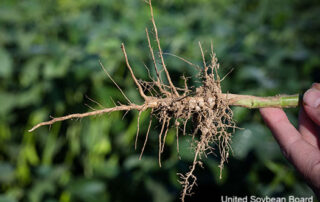
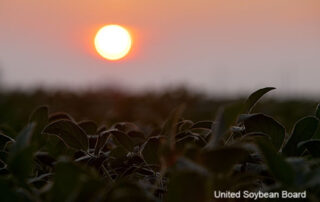
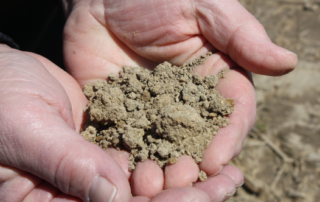
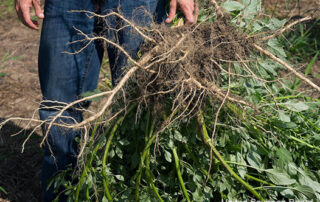
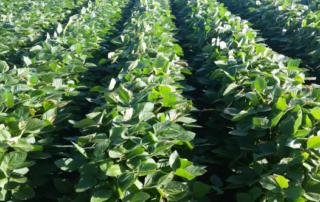
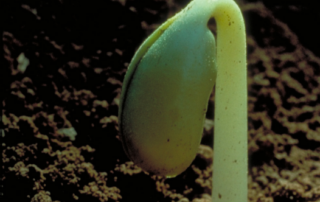
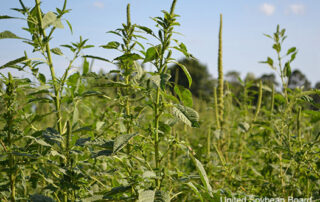
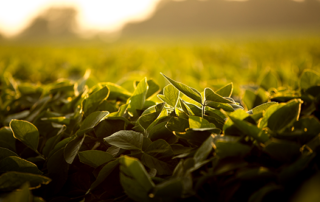
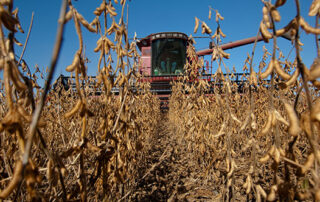
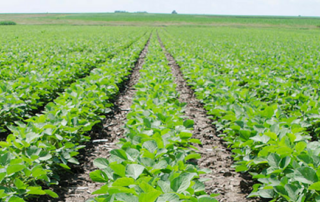

 and then
and then